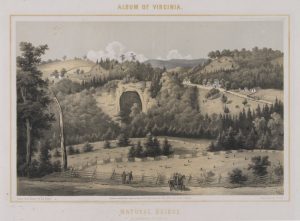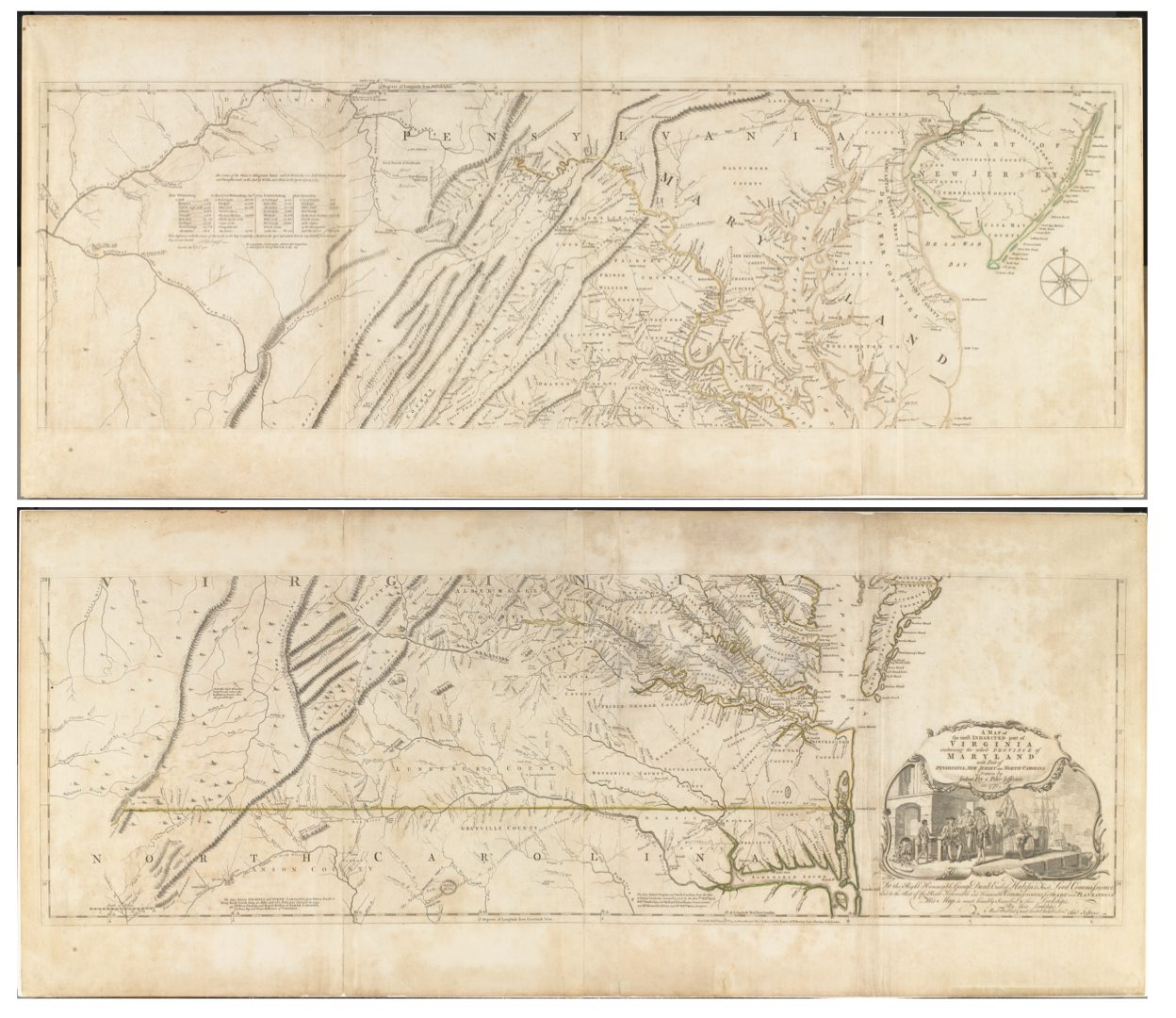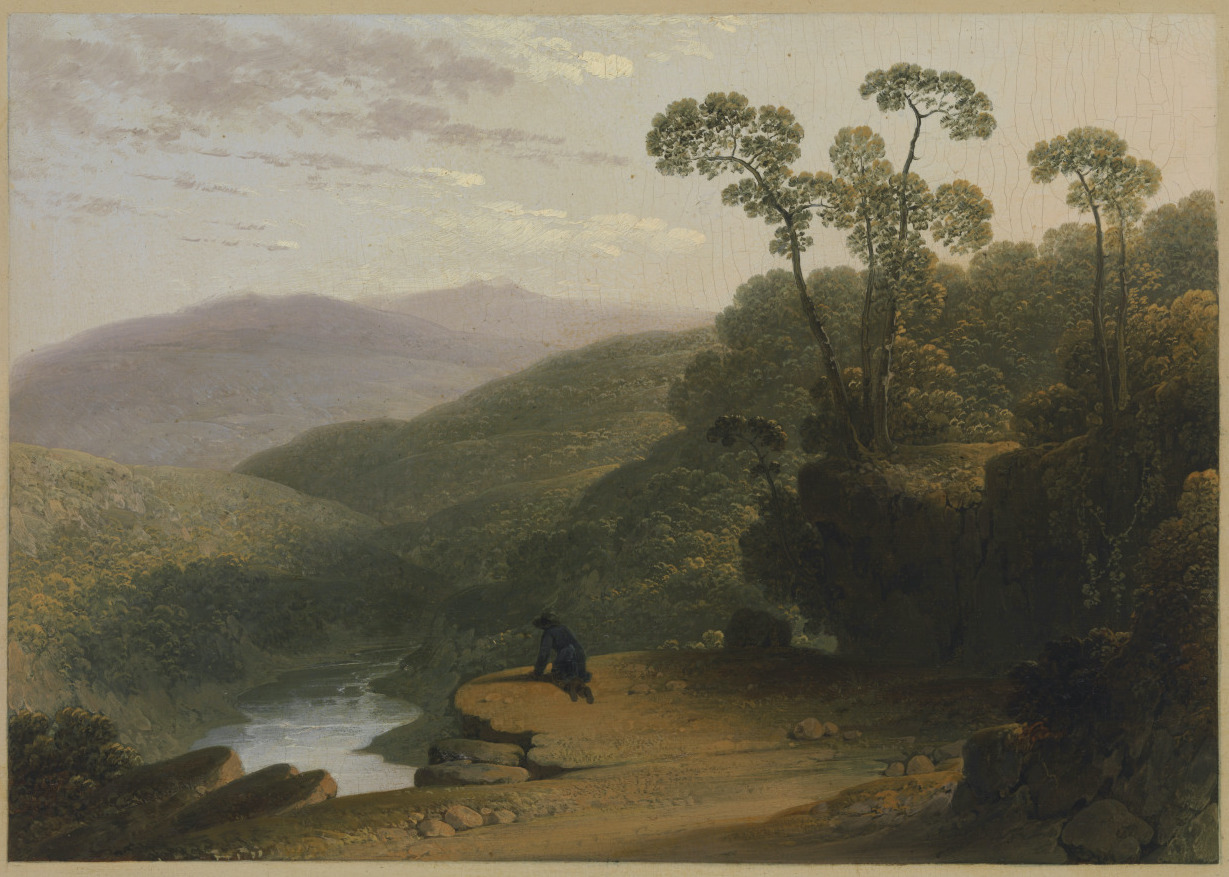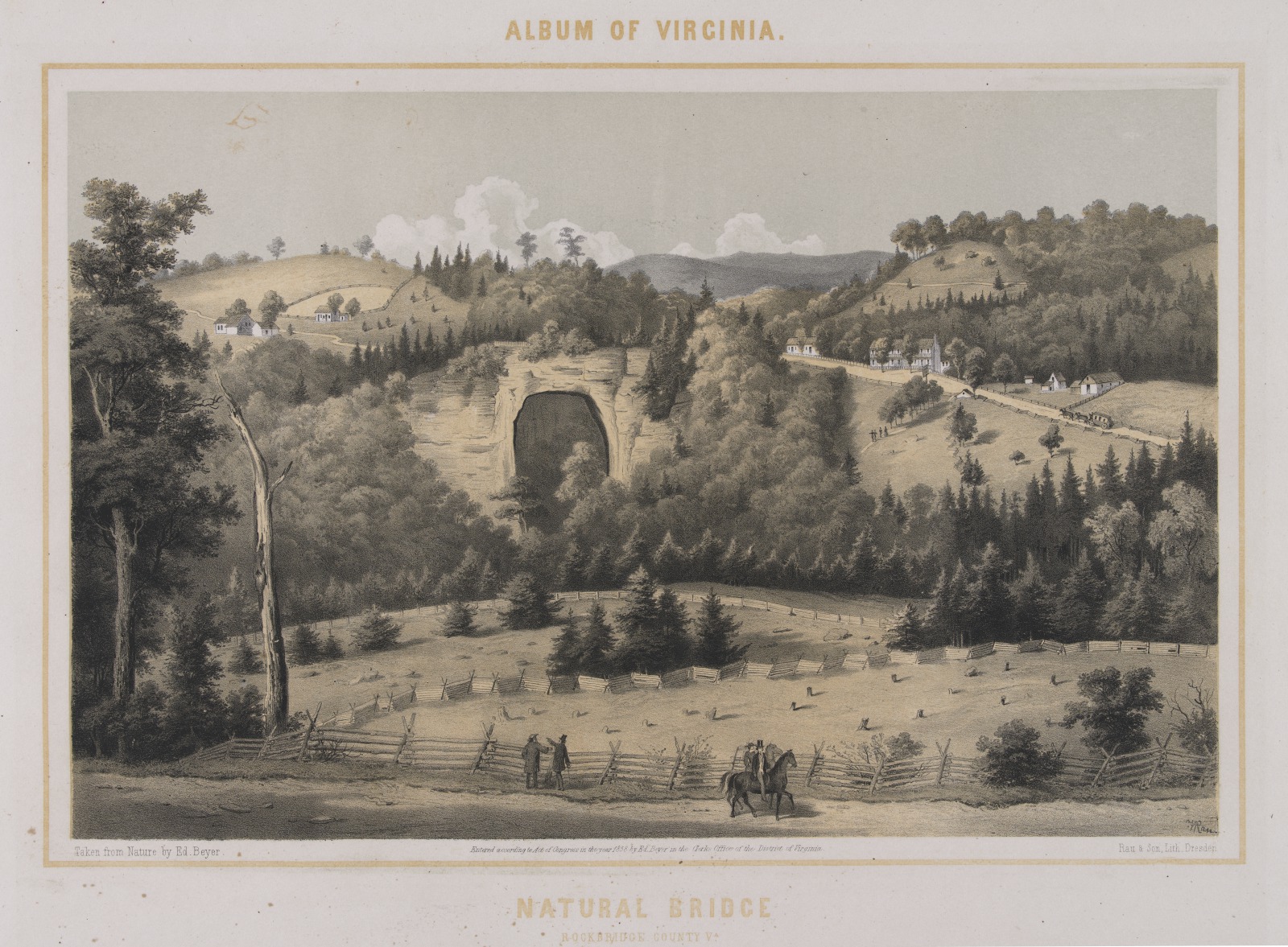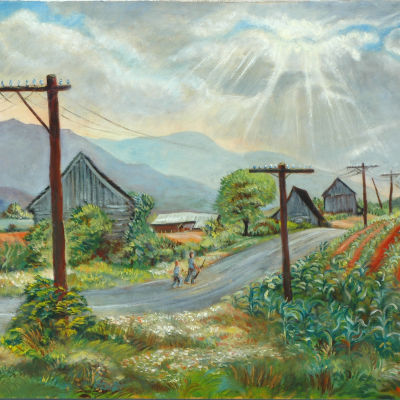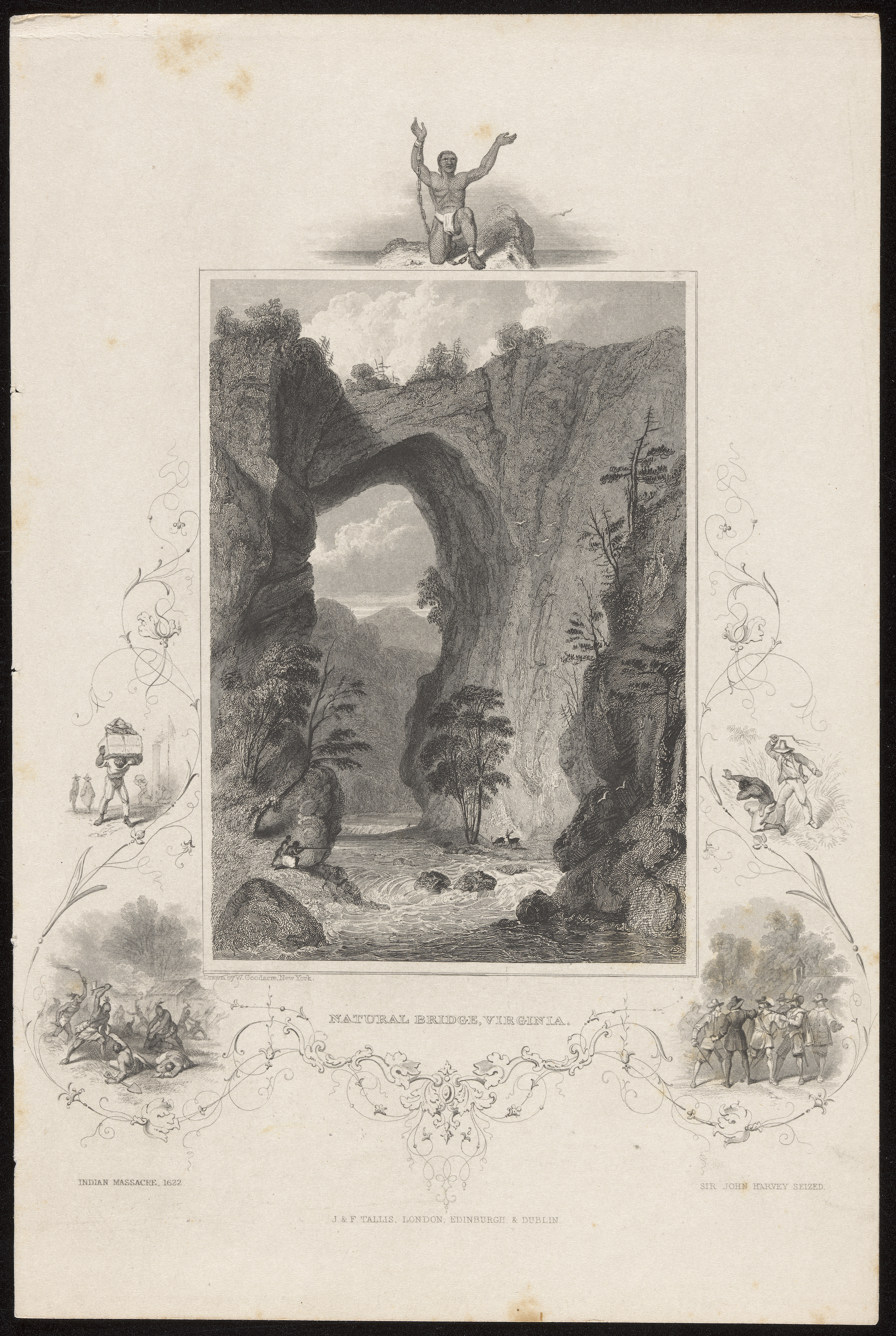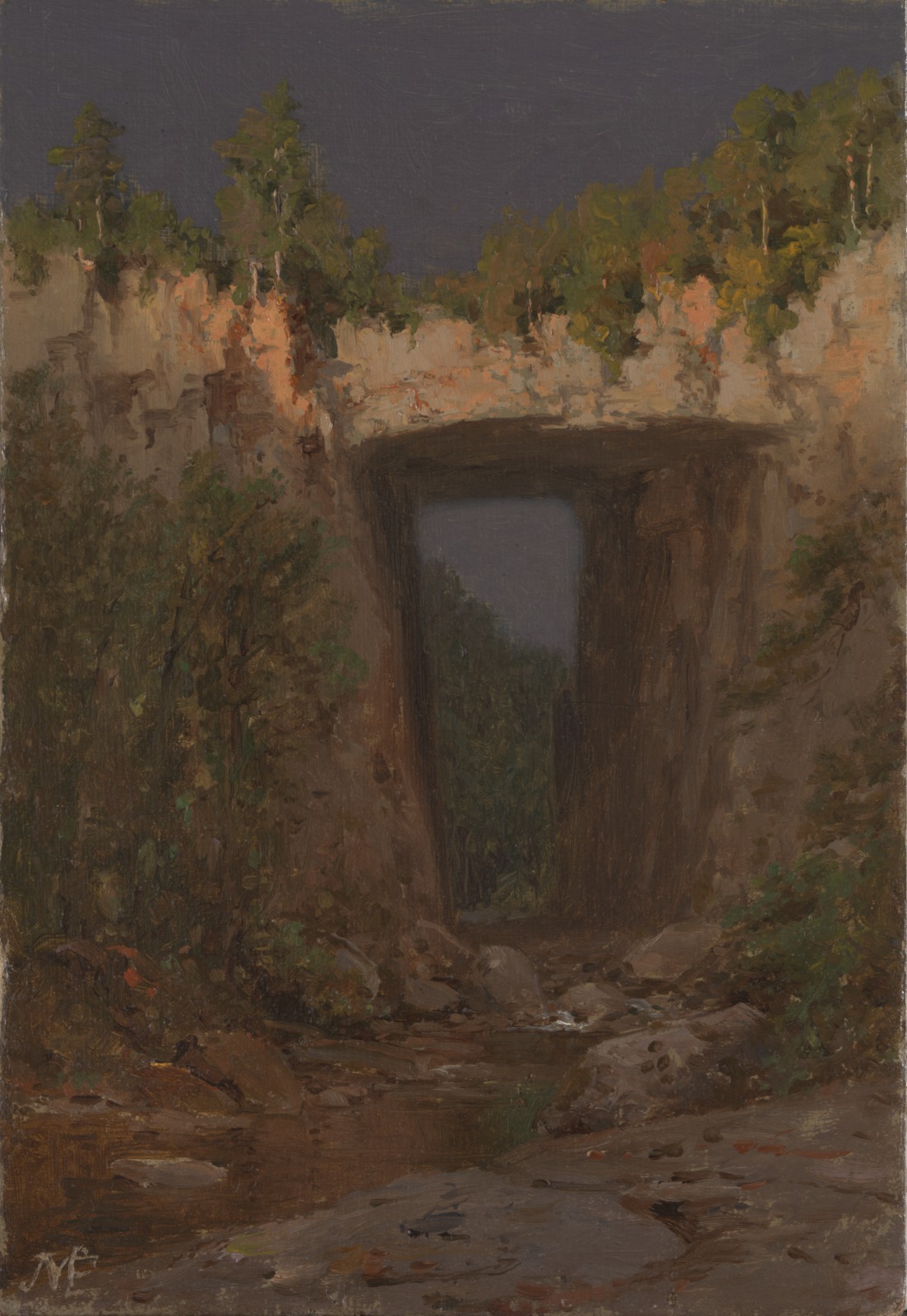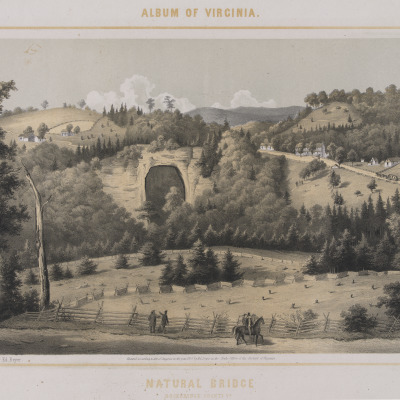Marking Place: Other objects to examine
You may wish to look at some other maps and consider what clues they offer. What do they tell us about how these artists understand Virginia’s features?
What questions arise as you look at these objects? Try the Looking to Learn: I See / I Think / I Wonder exercise to start your inquiry.
